Cables are used in many different places and have become an integral part of modern society due to their wide range of uses. Next, this article will introduce to you some areas where cables are widely used.
1.The power industry is one of the most widely used places for cables. Cables play an important role in transmitting electrical energy. From power plants to substations, to residential and industrial areas, cables carry out the important task of transmitting electrical energy everywhere. High-voltage cables are used to transport large amounts of electrical energy, while low-voltage cables are widely used to supply electricity within homes and office buildings.
According to voltage, they can be divided into high-voltage cables and low-voltage cables.
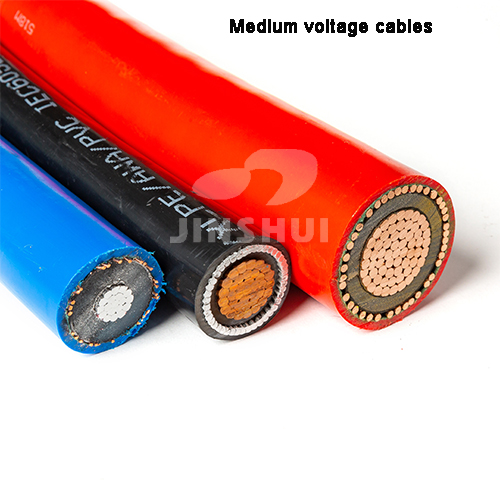
High-voltage cables: refer to power cables used to transmit power between 1kv and 1000kv. They are mostly used in power transmission and distribution.
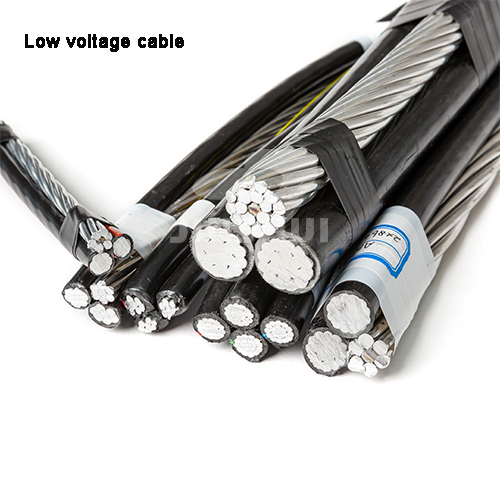
Low-voltage cable: It is a conductor covered with insulation layer, protective layer, shielding layer, etc. used to transmit power or signal current and signal voltage. Compared with low-voltage overhead lines and low-voltage overhead insulated cables, although low-voltage cable are more expensive and more difficult to lay and maintain, they are reliable in operation, do not erect poles, do not occupy the ground, do not obstruct the view, and are less affected by the outside world. characteristics and are widely used in low-voltage power distribution systems.
2.The communication industry is also one of the areas where cables are widely used. Telephone lines, fiber optic cables, and network cables carry various communication needs in our daily lives. As a traditional means of communication, telephone lines have become an indispensable part of homes and offices. Fiber optic cables are more suitable for long-distance transmission, such as network connections between cities. In addition, with the popularity of the Internet, network cables are increasingly used in homes and businesses.
Fiber optic cable: is a communications cable consisting of two or more glass or plastic fiber optic cores located within a protective cladding, covered by a plastic PVC outer sleeve.
3.The transportation field is also where cables are used a lot. In transportation systems such as railways, subways and trams, cables play an important role as an important medium for transmitting electrical energy and signals. Cables are used in control signals, vehicle power supplies and communication networks. The application of cables in transportation systems can improve transportation efficiency and ensure the safety and comfort of passengers.
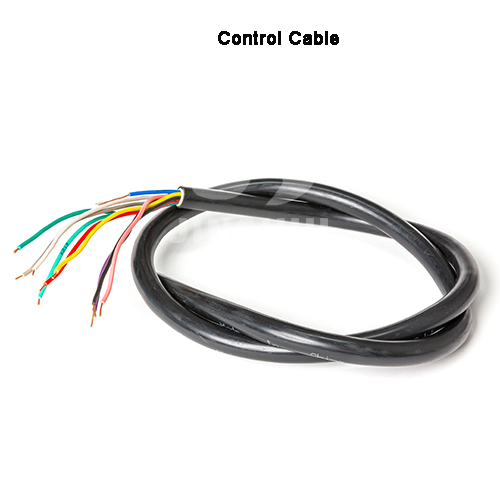
Control cable: It is a PVC insulated and PVC sheathed control cable suitable for use in industrial and mining enterprises, energy and transportation departments, and for control and protection lines with AC rated voltages below 450/750 volts.
4.The construction industry is also one of the areas where cables are widely used. Wires and cables are mainly used in building power supply, lighting systems and security systems. Whether it is residential buildings, commercial buildings or public facilities, wires and cables play a vital role. They can provide a reliable supply of electricity to ensure the normal operation of the building.
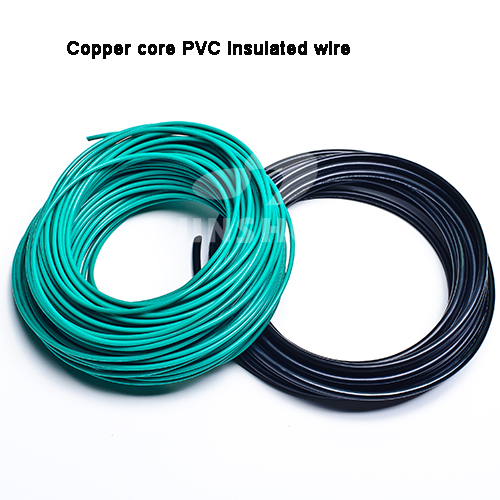
Copper core PVC insulated wires: suitable for cables and wires used in power devices, daily appliances, instruments and telecommunications equipment with AC voltages of 450/750V and below.
5.The energy industry is also one of the areas where cables are widely used. Cable applications are common in energy production areas such as oil fields, coal mines and wind farms. Cables are used to transmit electrical energy and control signals to ensure normal energy production.
The high temperature resistance of wires and cables refers to their ability to work normally in high temperature environments and their ability to delay deformation and aging. This function is particularly important for certain special industries and equipment, such as aerospace, metallurgical industry and other fields, because in these fields, wires and cables need to withstand working conditions in high-temperature environments to ensure normal power transmission and equipment operation.
Flame retardancy means that when wires and cables encounter a fire source, they are not easy to catch fire or the flame spreads slowly after fire and can be controlled within a certain range. This can reduce the losses caused by fire accidents to a certain extent. In some important places, such as subways, power facilities, petrochemical industries and other fields, wires and cables with good flame retardant properties are required to ensure personal safety and reliability of equipment operation.
Fire resistance refers to the ability of wires and cables to maintain safe operation for a certain period of time under fire conditions. This functional requirement is mainly applied to places such as buildings, tunnels, ships, etc., because in these places, once a fire occurs, sufficient time is required to evacuate personnel or take other response measures to reduce casualties and property losses.
The anti-aging of wires and cables refers to their ability to maintain their original performance and delay aging under the influence of external factors. Wires and cables will be affected by various factors such as mechanical stress, electrical stress, and thermal stress during transportation, installation, and use. If wires and cables do not have good anti-aging capabilities, it will lead to performance degradation, shortened life, or even failure. Therefore, when manufacturing wires and cables, it is necessary to select materials that are resistant to wear, oxidation, ultraviolet rays and other environmental influences, and take appropriate process measures to improve their anti-aging capabilities.
All in all, wires and cables are widely used in fields such as power, communications, transportation, construction, and energy. These fields are the cornerstone of modern society, and the application of cables makes the development of these fields more efficient, safe and reliable. With the advancement of science and technology and the development of society, the application fields of cables will continue to expand, bringing more convenience and comfort to our lives and work.
Get A Free Quote
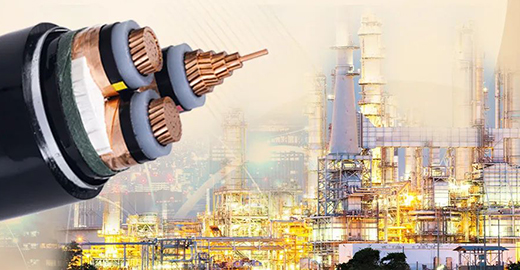
Flame-retardant cables are resistant to high temperatures and are not easy to burn, which can effectively prevent the spread of fire.

Jinshui Wire & Cable Group will participate in the Kenya Power and Energy Exhibition from June 26 to June 28, 2024.
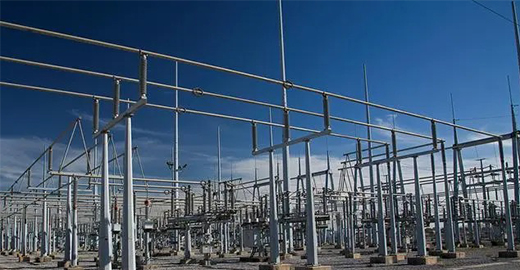
Cables and overhead cables need to be selected according to their specific application scenarios.
Submit Request
PDF Request